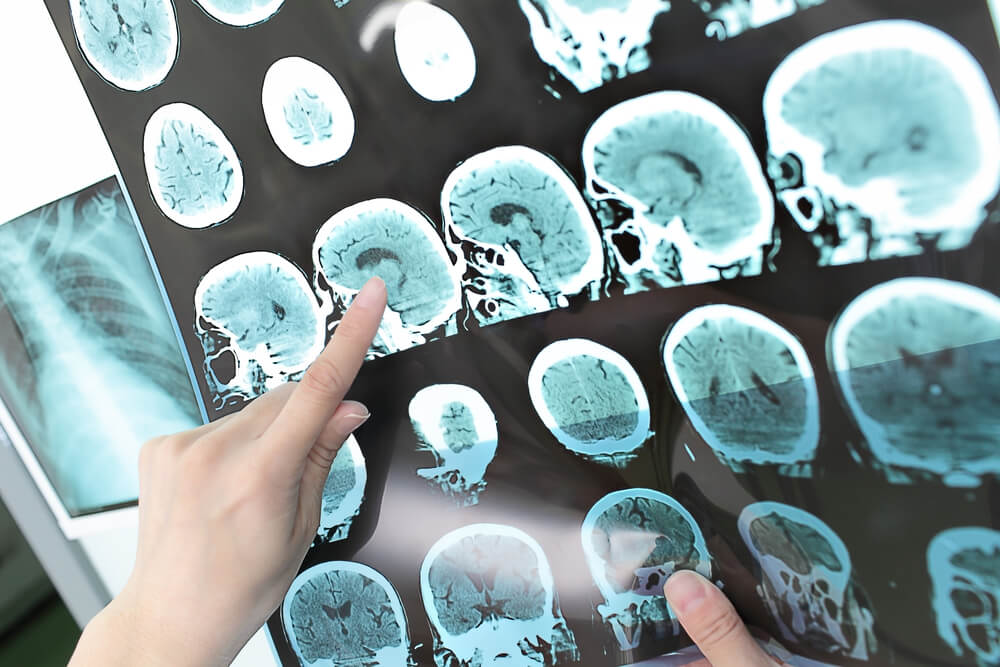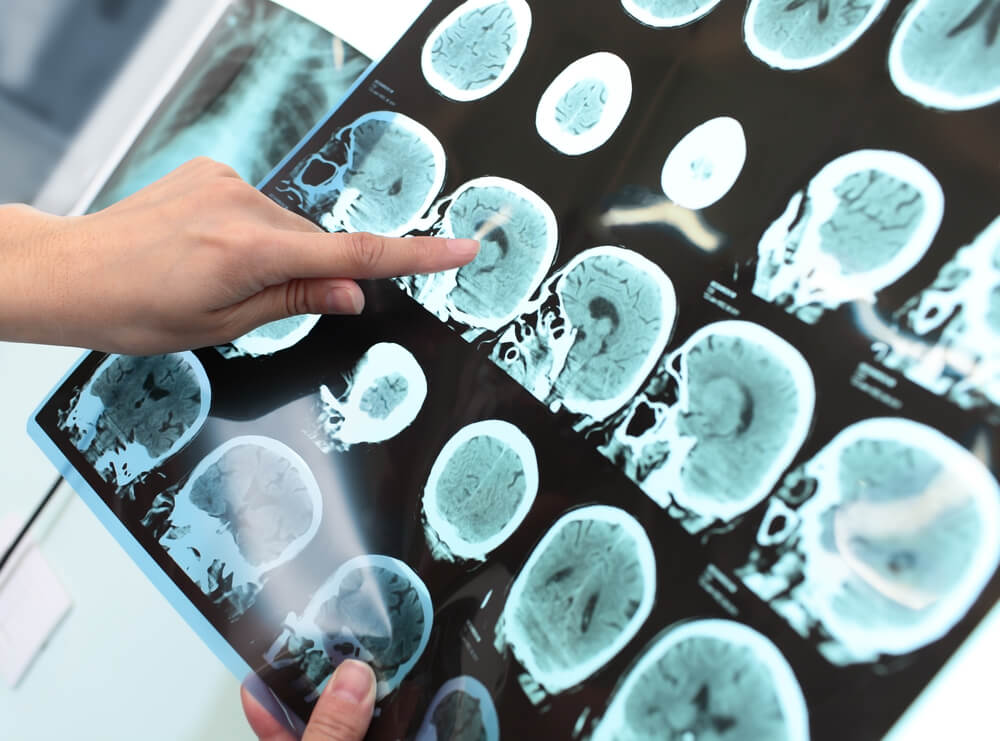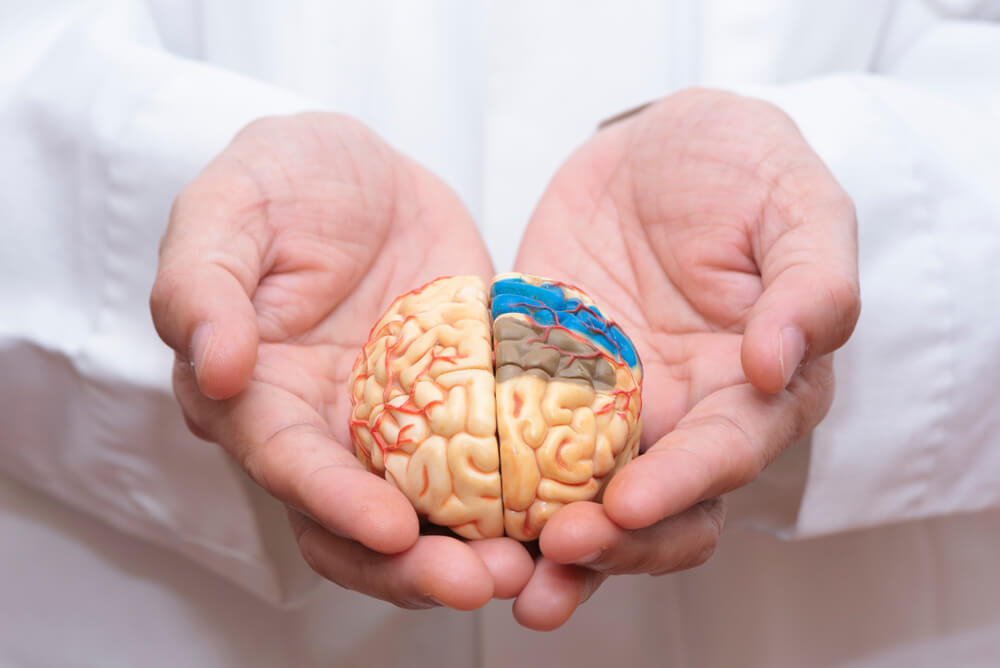If it does happen, the consequences will depend on what opportunities the patient has for recovery. A team of doctors and the support of loved ones will be important for an effective recovery, because a person who has survived a stroke has a physically and mentally tough road ahead of them.
It is necessary to have a good understanding of the nature of this disease in order to prevent it from the very beginning. It is important to point out that many people after a stroke will not get a second chance because the outcome is often fatal. Those who get it have two goals, to recover as much as possible and to prevent another stroke.
We will explain to you the nature of this problem and the way in which the treatment and rehabilitation after it proceeds.
Why do stoke happen?
A stroke occurs for two reasons, therefore we distinguish between two types of stroke:
- Ischemic stroke – occurs due to a reduced flow of oxygen to the brain, and this happens due to blockage of the blood vessel responsible for supplying the brain with blood and oxygen. The blockage can occur due to the formation of a thrombus or due to the blockage of a blood vessel due to the accumulation of plaque. This type was registered in 80% of patients.
The good news is that by living a healthy lifestyle, we can significantly reduce our chances of having a stroke for these reasons.
- Hemorrhagic stroke – happens when a blood vessel bursts and bleeds into the brain. This can happen due to an aneurysm bursting, but also when a blood vessel bursts due to problems with high blood pressure. About 20% of patients experience this type of stroke.
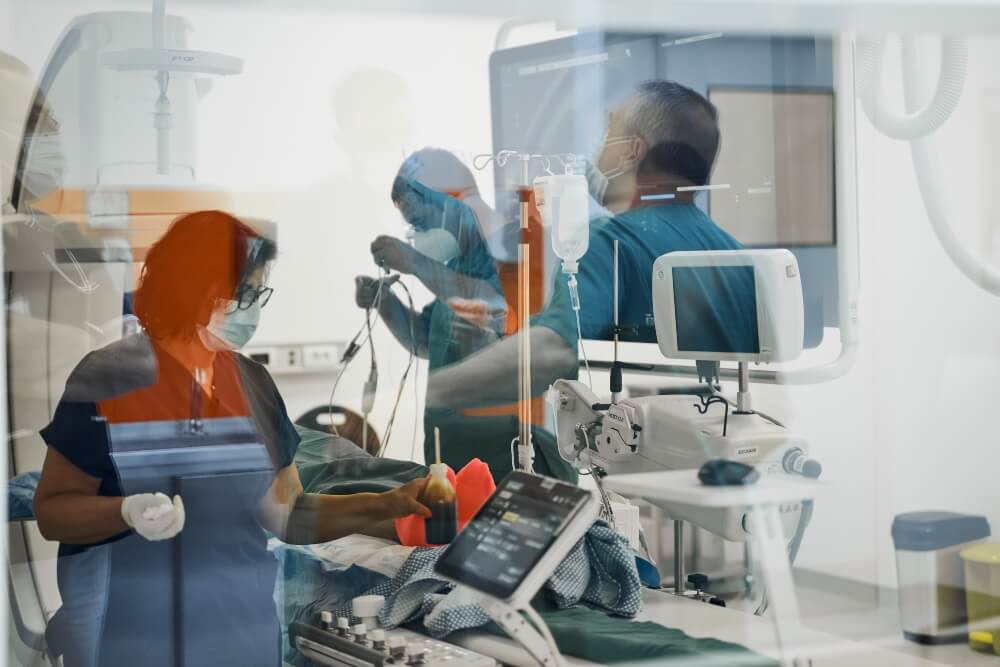
Stroke risk factors
If you want to avoid a stroke or its recurrence, you need to know if something puts you in a risk group. Pay attention to the following items and try to eliminate them from your life or control them and do everything in your power to avoid the first or repeated ones.
Risk groups include:
- people with high blood pressure
- smokers
- diabetics
- people who have some kind of heart disease
- people with high cholesterol
- obese
- inactive
- alcoholics
- people who have already had a stroke or transient ischemic attack
How to recognize a stroke?
Remember the following lines well. Maybe one day they will help you save your life or someone else’s life.
Many people could have survived a stroke if they had recognized the symptoms in time and contacted emergency services.
When a person experiences a stroke, the symptoms will not go away. They will not be the same in every person, but at least some will be present:
- weakness or numbness of the face, arm, leg that occurs suddenly and is especially pronounced on one side of the body
- problems with speech, understanding, sudden confusion
- vision problems in one or both eyes that occur suddenly, suddenly
- dizziness, problems with balance and walking that occur all at once
- severe headache that also occurs suddenly
The symptoms of a stroke in women can be slightly different, so in addition to the above, the following can also happen:
- hiccups
- feeling nauseous
- pain in the face and limbs
- chest pain
- weakness
- palpitations
- shortness of breath
A stroke requires an immediate response. If a person contacts a doctor within the first three hours and receives appropriate help, the chances of survival are higher.
At the Pulse Cardiology Center, there is a Stroke Center that we established in order to provide the fastest and best service for patients who suspect a stroke.
Thanks to the analyzes that can be done here, we can quickly determine what type of stroke occurred, which will depend on further treatment and rehabilitation.
What are the consequences of a stroke?
The consequences of a stroke will depend on which part of the brain was deprived of oxygen or where the bleeding occurred.
The right hemisphere of the brain is responsible for:
- controlling emotions
- moving the left side of the body and feeling that side
- sense and tracking of time
- organization
- paying attention to the left side of space
The left hemisphere is responsible for:
- moving the right side of the body and feeling that side
- controlling speech
- language comprehension
- reading, writing, mathematics
- word memory
The cerebellum is responsible for balanced and easy movement.
The spinal cord should control and regulate basic functions, including heart rate, breathing, swallowing, blinking, as well as alertness and focusing attention.
Stroke recovery
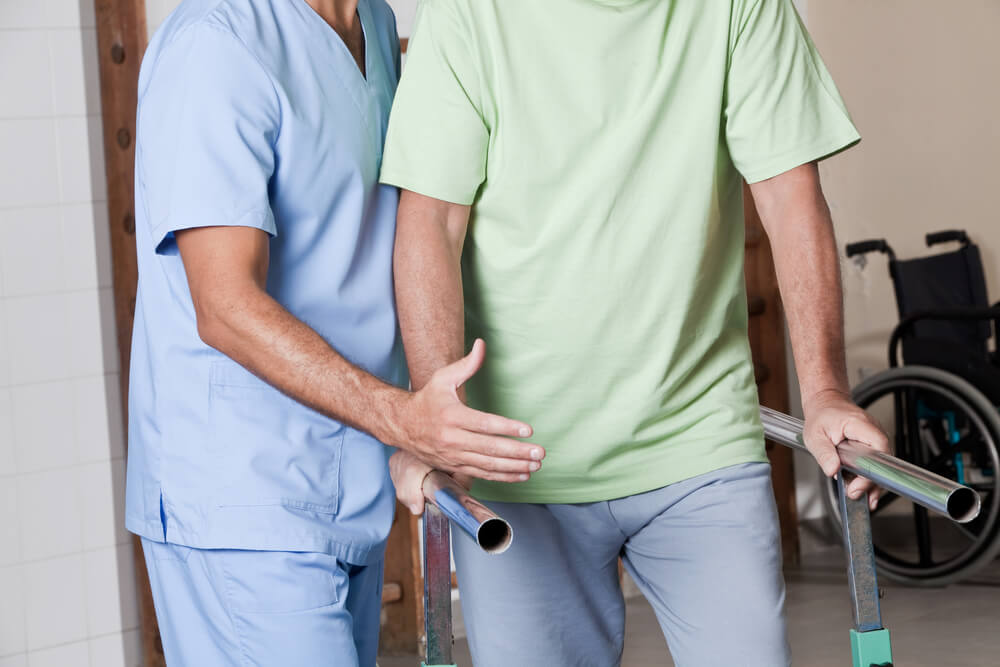
When a stroke occurs, recovery is not easy. The treatment will depend on why it happened and what the stroke affected.
First, it is important to stabilize the patient. For the condition of a person who has survived a stroke, the first few days are critical.
In addition to the therapy prescribed by the specialist, physical therapy will play a key role in recovery.
If possible, if the patient’s condition allows rehabilitation, it is possible to start after 24 hours. Of course, first it will be very short and light exercises, so that the patient’s muscles can be activated again as soon as possible and stiffness or atrophy can be avoided.
The physiotherapist gets involved very quickly in working with such patients because it is important to plan purposeful rehabilitation based on the data he receives from the cardiologist.
As for the type and frequency of exercise, it will really be individual. Each person is a story for himself and very often a stroke is not the only health problem that exists. In addition, the patient’s age and mental state will also affect the treatment and recovery process.
Rehabilitation first begins in hospital conditions and the physiatrist plans exercises to get the most out of the effects of the stroke.
It is always a priority to recover as many basic functions as possible so that the person can perform activities as independently as possible, such as dressing, feeding, etc., as well as standing up and walking as well as possible.
Trainings are intensified as the patient gets stronger. So the speed of progress will be different for everyone.
What is very important, in addition to rehabilitation and therapy, is that the person has the support of those closest to them. It is necessary to work on mental strengthening because the situation in which a person who has survived a stroke finds himself is not at all simple. Something that is taken for granted and that we don’t pay attention to becomes difficult or impossible to do because of brain damage. It can be frustrating and discouraging, and that is why it is important to strengthen the patient in several areas.
Also, the exercises started in the hospital can be continued in the form of going to exercises and therapy, but certain exercises should also be performed at home and it is good for the patient to have supervision.
How long the recovery will take is difficult to say in general, but it can be between a month and several years.
In any case, this event must be interpreted as an alarm and it is necessary to prevent the next similar situation by all available means. In order to avoid a repeat stroke, the treatment must be carried out consistently and it is necessary to change the way of life.
For a stroke, the first few days are critical, but when the first danger passes, it still does not mean that the person is safe, he just gained precious time to save his life.
In the Pulse Cardiology Center, it is possible to perform all the necessary analyzes to determine whether it is a hemorrhagic or ischemic stroke. For this reason, we have created a special package, Investigation of the etiology of stroke. This is the first step in determining therapy and preventing new ones. In addition, our cardiologists are here to help you with their advice to improve your life and health. Make an appointment with us.

